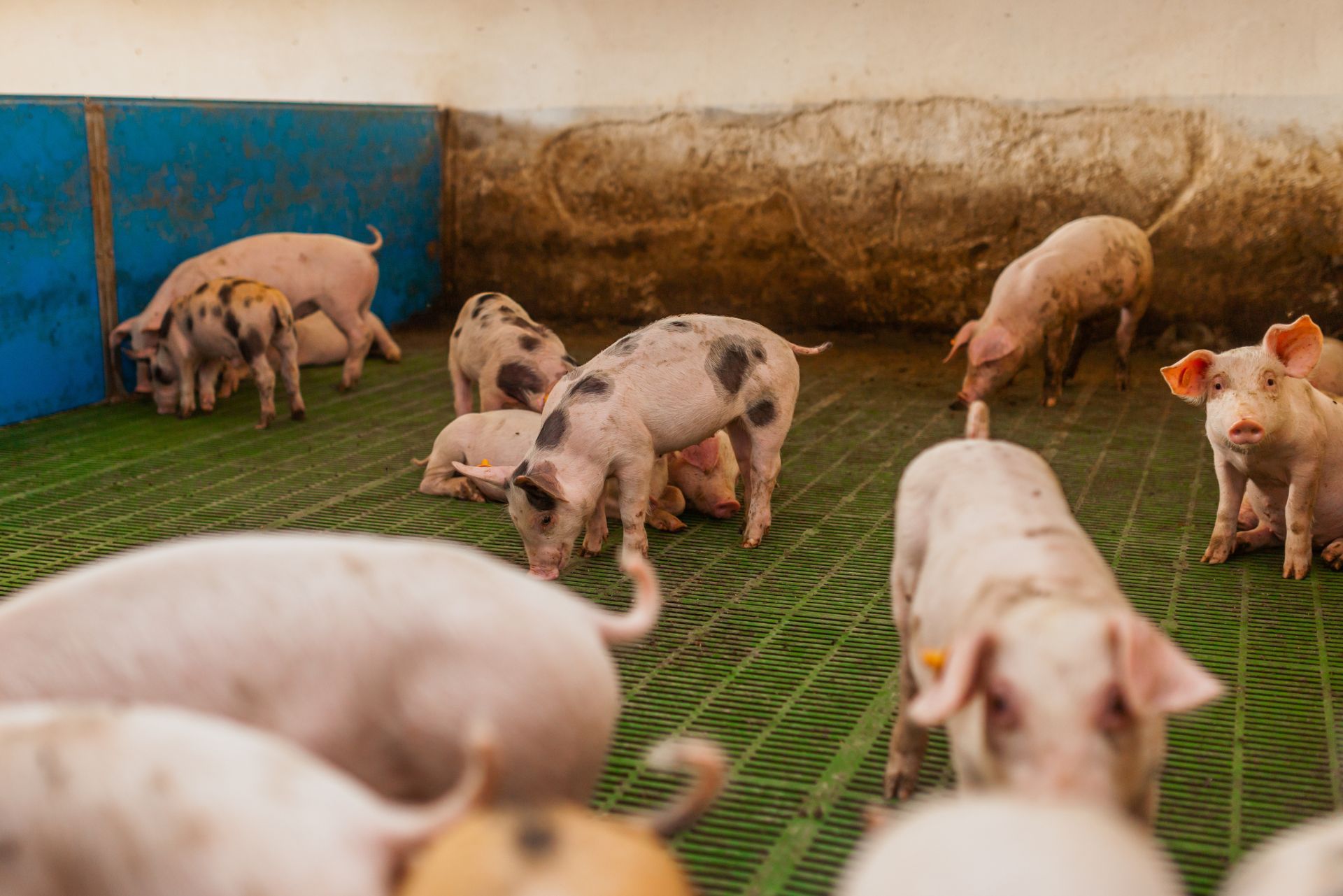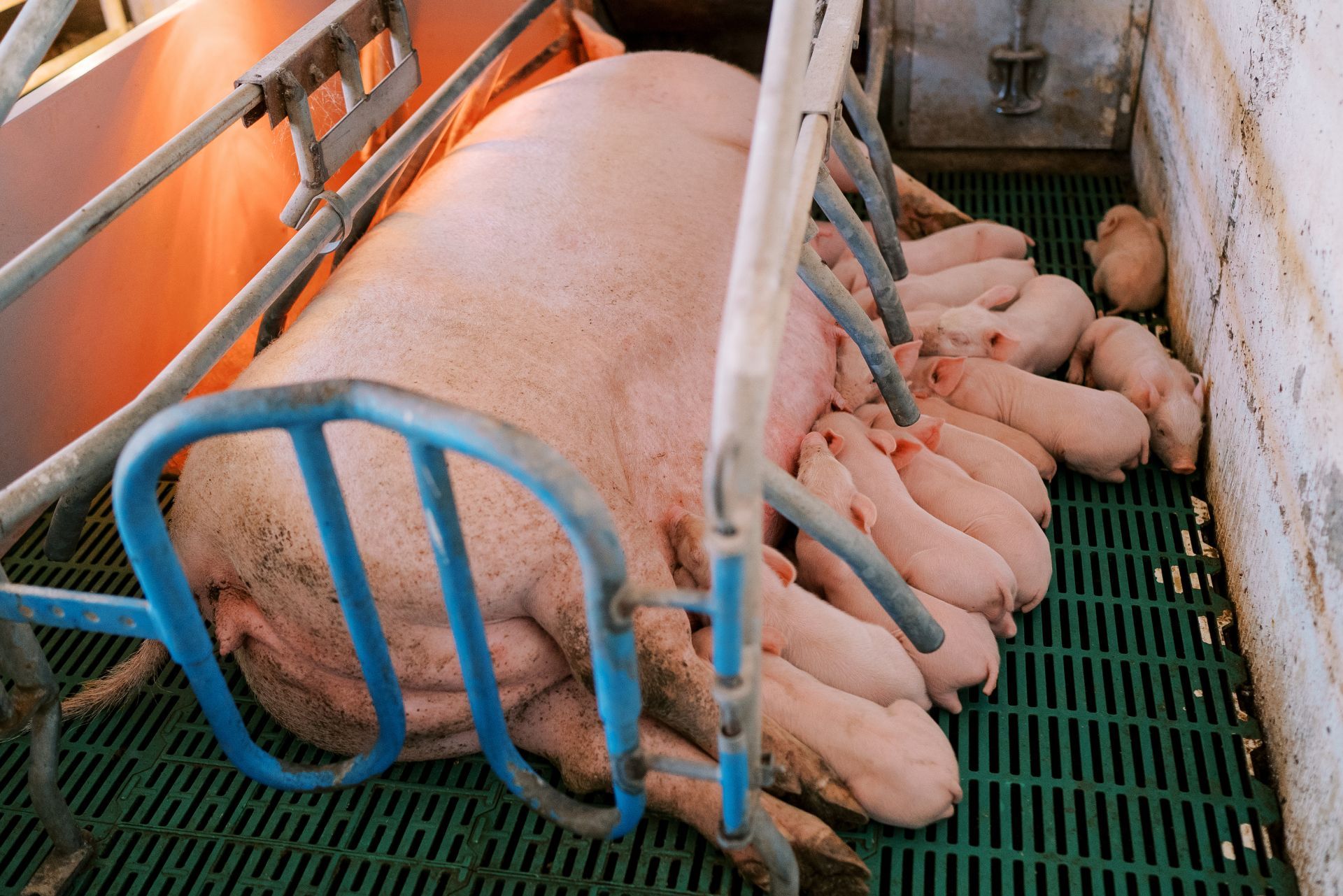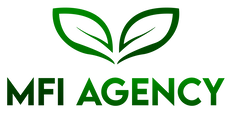
Top 3 Recommended Policies

In the vast landscape of Texas agriculture, hog farming plays a significant role. With the rise in demand for pork products, many farmers are investing in hog confinement systems. However, with this investment comes the need for adequate protection against unforeseen risks. This is where Texas hog confinement insurance comes into play. Understanding this insurance is crucial for farmers to safeguard their investments and ensure the sustainability of their operations.
What is Hog Confinement Insurance?
Hog confinement insurance is a specialized type of coverage designed for farmers who raise hogs in confined spaces. Unlike traditional farming where animals might roam freely, confinement systems often involve housing large numbers of pigs in a controlled environment. This insurance addresses the unique risks associated with such operations, including disease outbreaks, equipment failure, and environmental hazards. With the increasing demand for pork products globally, hog farmers are under pressure to maximize production while ensuring the health and safety of their livestock. This has led to the evolution of confinement systems that prioritize biosecurity and efficiency, making insurance coverage more critical than ever.
Key Features of Hog Confinement Insurance
This insurance typically includes coverage for various aspects of hog farming. Key features may include:
- Property Damage: Coverage for buildings, equipment, and feed supplies that are essential for hog farming.
- Livestock Coverage: Protection against loss of hogs due to disease, theft, or accidents.
- Business Interruption: Compensation for lost income if the farm is unable to operate due to covered events.
Additionally, some policies may offer coverage for liability issues, protecting farmers against claims arising from injuries or damages caused by their operations. This is particularly important in the context of confinement farming, where the close quarters of the animals can lead to increased risk of disease transmission, not only among livestock but also to humans and other animals. Furthermore, many insurers now provide risk management consultations as part of their service, helping farmers implement best practices to minimize potential losses and enhance the overall safety of their operations.
Why is Hog Confinement Insurance Important?
Investing in hog confinement insurance is not just a precaution; it is a necessity for anyone serious about hog farming. The financial implications of a loss can be devastating. For instance, a disease outbreak can wipe out an entire herd, leading to significant financial losses. Insurance helps mitigate these risks, allowing farmers to focus on their operations without the constant worry of potential disasters. Moreover, with the rise of antibiotic resistance and increasing scrutiny on farming practices, maintaining a healthy herd is paramount. Farmers must be proactive in managing their biosecurity protocols, and having the right insurance coverage can provide peace of mind as they navigate these challenges. The evolving landscape of agricultural regulations and consumer expectations further underscores the importance of having a robust insurance policy that can adapt to changing circumstances in the industry.

Understanding the Risks in Hog Farming
Hog farming, particularly in confinement systems, comes with its own set of challenges. Understanding these risks is essential for selecting the right insurance coverage.
Health Risks
One of the most significant risks in hog farming is the potential for disease outbreaks. Conditions such as Porcine Reproductive and Respiratory Syndrome (PRRS) and African Swine Fever can devastate herds. These diseases not only affect the health of the animals but can also lead to substantial financial losses due to decreased productivity and increased veterinary costs. Furthermore, the rapid transmission of diseases in confined spaces can necessitate the culling of entire herds to prevent further spread, resulting in emotional and economic turmoil for farmers. Implementing biosecurity measures, such as restricted access to facilities and regular health monitoring, is crucial in mitigating these risks and ensuring the well-being of the animals.
Environmental Risks
Hog confinement systems can pose environmental risks as well. Issues such as waste management and pollution can arise, leading to regulatory fines and cleanup costs. Additionally, natural disasters like floods or hurricanes can severely impact confinement facilities, causing damage to infrastructure and livestock. The runoff from hog farms can contaminate local waterways, affecting not only the surrounding ecosystem but also the communities that depend on these water sources. Farmers must invest in sustainable practices, such as proper waste treatment systems and buffer zones, to minimize their environmental footprint and comply with evolving regulations. Moreover, the integration of renewable energy sources, such as biogas production from manure, can help reduce reliance on fossil fuels while providing an additional revenue stream, thus enhancing the overall sustainability of hog farming operations.
Types of Coverage Available
When considering hog confinement insurance, it is essential to understand the various types of coverage available. Each type addresses specific risks associated with hog farming.
Liability Coverage
This type of coverage protects farmers from legal claims arising from injuries or damages caused by their operations. For example, if a neighbor's property is damaged due to hog waste runoff, liability coverage can help cover legal fees and damages. Additionally, liability coverage often extends to incidents involving employees or visitors on the farm, ensuring that farmers are safeguarded against potential lawsuits stemming from accidents or injuries that may occur on their premises. This peace of mind allows farmers to focus on their operations without the constant worry of potential legal repercussions.
Property Insurance
Property insurance covers the physical assets of the farm, including barns, equipment, and feed storage facilities. This coverage is crucial, as the physical infrastructure is essential for the day-to-day operations of a hog confinement system. Furthermore, property insurance can also encompass coverage for livestock themselves, which is vital given the significant investment farmers make in breeding and raising healthy hogs. In the event of theft, fire, or natural disasters, having comprehensive property insurance can mean the difference between recovery and financial ruin, allowing farmers to rebuild and continue their operations with minimal disruption.
Business Interruption Insurance
In the event of a disaster that halts operations,
business interruption insurance can provide financial support to cover lost income. This is particularly important for farmers who rely on a steady cash flow from their operations. It can also cover ongoing expenses, such as payroll and utility bills, during the downtime, ensuring that the business can maintain its financial obligations even when production is temporarily halted. Additionally, some policies may offer coverage for extra expenses incurred while attempting to resume operations, such as renting temporary facilities or purchasing feed from alternative sources. This type of insurance is not just a safety net; it can be a critical component of a farmer's long-term business strategy, allowing them to navigate unforeseen challenges with resilience and adaptability.
Factors Affecting Insurance Premiums
Understanding the factors that influence insurance premiums can help farmers make informed decisions when purchasing coverage.
Farm Size and Scale
The size of the farm and the number of hogs being raised can significantly impact insurance premiums. Larger operations typically face higher premiums due to the increased risk and potential for larger losses. Furthermore, the scale of production can also dictate the complexity of insurance needs. For instance, a large-scale operation might require specialized coverage for equipment, buildings, and liability, which can further elevate costs. Conversely, smaller farms may have a more straightforward insurance structure, potentially allowing for more manageable premiums.
Location
The geographical location of the farm plays a crucial role in determining premiums. Areas prone to natural disasters or those with stricter regulations may see higher insurance costs. Additionally, proximity to veterinary services and resources can also affect premiums. For example, farms located in regions with a high incidence of disease outbreaks may face steeper premiums due to the increased likelihood of livestock loss. Moreover, local climate conditions, such as extreme temperatures or heavy rainfall, can influence the types of coverage needed, further impacting overall costs.
Risk Management Practices
Farmers who implement effective risk management practices may be eligible for lower premiums. This can include maintaining biosecurity measures, regular health checks for livestock, and investing in proper waste management systems. Beyond these practices, participating in educational programs or workshops that focus on best practices in animal husbandry can also demonstrate a commitment to minimizing risk. Insurance providers often reward proactive farmers who show diligence in safeguarding their livestock and farm operations, potentially leading to significant savings on premiums. Additionally, utilizing technology, such as data analytics for monitoring herd health and performance, can further enhance risk management efforts, making farms more appealing to insurers.
How to Choose the Right Insurance Provider
Selecting the right insurance provider is a critical step in securing adequate coverage for hog confinement operations. Here are some tips to consider.
Research and Compare Options
It is essential to research different insurance providers and compare their offerings. Look for companies that specialize in agricultural insurance, as they will have a better understanding of the unique challenges faced by hog farmers. Additionally, consider the types of coverage they offer, such as liability, property, and business interruption insurance, to ensure that all aspects of your operation are protected. Take the time to review policy limits, exclusions, and premiums to find a balance that fits your budget while still providing comprehensive coverage.
Read Reviews and Testimonials
Customer reviews and testimonials can provide valuable insights into the reliability and service quality of an insurance provider. Look for feedback from other farmers who have similar operations to gauge the provider's expertise and responsiveness. Online forums and agricultural community groups can be excellent resources for gathering opinions and experiences. Pay attention to comments about claims processing times and customer service interactions, as these factors can significantly impact your experience when you need to file a claim.
Consult with an Insurance Agent
Working with an experienced insurance agent can help navigate the complexities of hog confinement insurance. An agent can provide personalized advice and help tailor a policy that meets specific needs and risks associated with the farm. They can also assist in identifying potential gaps in coverage that you might overlook. Furthermore, a knowledgeable agent will stay updated on industry trends and regulatory changes, ensuring that your policy remains compliant and relevant as your operation evolves. This partnership can be invaluable, especially during times of uncertainty or when expanding your business.
Moreover, engaging with an insurance agent allows you to ask questions and clarify any doubts about the policy terms. They can explain the nuances of different coverage options and help you understand how various factors—such as the size of your operation, the type of hogs raised, and the geographical location—can influence your insurance needs. This proactive approach not only enhances your understanding but also empowers you to make informed decisions that align with your long-term goals in hog farming.

Common Exclusions in Hog Confinement Insurance
While hog confinement insurance offers extensive coverage, it is essential to be aware of common exclusions that may affect claims. Understanding these exclusions can help farmers make informed decisions about their insurance needs and ensure they are adequately protected against potential risks.
Pre-existing Conditions
Insurance policies often exclude coverage for pre-existing conditions or diseases that were present before the policy was purchased. This means that any known health issues within the herd may not be covered. Farmers should conduct thorough health assessments and maintain detailed records of their livestock's health history before applying for insurance. This proactive approach not only helps in securing coverage but also aids in identifying potential risks that could lead to larger issues down the line.
Negligence
Claims resulting from negligence or failure to follow recommended management practices may be denied. It is crucial for farmers to adhere to best practices in animal husbandry and facility maintenance to avoid potential issues. This includes regular veterinary check-ups, proper sanitation protocols, and ensuring that the confinement facilities meet all regulatory standards. Additionally, investing in training for staff on animal welfare and emergency response can significantly reduce the risk of negligence claims, thereby safeguarding both the animals and the farm's financial stability.
Natural Disasters
Another common exclusion in hog confinement insurance is damage caused by natural disasters, such as floods, earthquakes, or severe storms. These events can lead to catastrophic losses, yet many policies do not cover such occurrences. Farmers should consider additional coverage options or disaster relief programs that might be available through local or federal agencies. Preparing for these unpredictable events by implementing disaster recovery plans and investing in resilient infrastructure can help mitigate the impact of natural disasters on their operations.
Market Fluctuations
Market fluctuations and price volatility are also typically excluded from coverage. While insurance can protect against physical losses, it does not safeguard against the economic impacts of falling hog prices or changes in market demand. Farmers may want to explore risk management strategies, such as futures contracts or marketing cooperatives, to help stabilize their income amidst market uncertainties. Understanding the broader economic landscape and staying informed about market trends can empower farmers to make strategic decisions that protect their financial well-being.
Steps to File a Claim
In the unfortunate event that a claim needs to be filed, understanding the process can make it smoother and more efficient.
Notify Your Insurance Provider
The first step in filing a claim is to notify the insurance provider as soon as possible. This can often be done through a dedicated claims hotline or online portal. Providing timely notification is crucial for ensuring that the claim is processed quickly.
Document the Incident
Gathering evidence is essential when filing a claim. This includes taking photographs of any damages, keeping records of veterinary visits, and documenting any financial losses incurred. The more detailed the documentation, the better the chances of a successful claim.
Follow Up Regularly
After submitting a claim, it is important to follow up regularly with the insurance provider. This helps ensure that the claim is being processed and allows for any additional information to be provided if needed.
The Future of Hog Confinement Insurance in Texas
The landscape of hog farming and insurance is continually evolving. As the industry faces new challenges, the need for comprehensive insurance coverage will only grow.
Technological Advancements
With advancements in technology, farmers are increasingly using data-driven approaches to manage their operations. This includes monitoring animal health and environmental conditions, which can lead to better risk management and potentially lower insurance premiums.
Regulatory Changes
As regulations around environmental protection and animal welfare become more stringent, insurance providers may adapt their policies to meet these new standards. Farmers should stay informed about changes in regulations that could impact their coverage needs.
Increased Awareness and Education
As the importance of insurance in agriculture becomes more recognized, there is likely to be an increase in educational resources for farmers. This can help them make informed decisions about their insurance needs and risk management practices.
Conclusion
Texas hog confinement insurance is a critical component of successful hog farming operations. By understanding the various types of coverage, the risks involved, and how to choose the right provider, farmers can protect their investments and ensure the sustainability of their businesses. As the industry continues to evolve, staying informed and proactive about insurance needs will be essential for long-term success.
Contact Us

